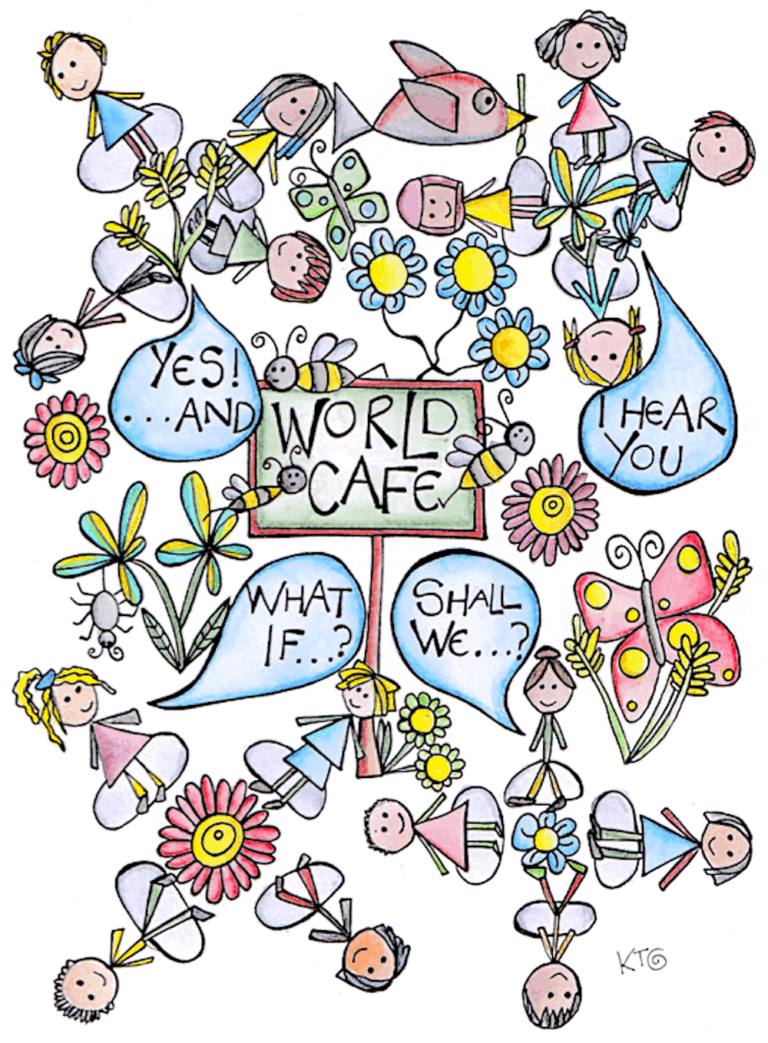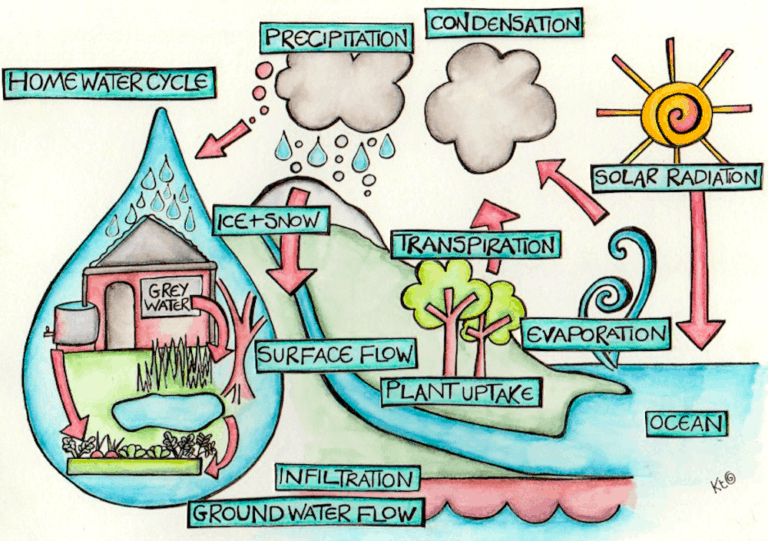
Appropriate Technology solutions are intended to be the simplest solution to the problem at hand
Through Appropriate Technology for Permaculture Design, we are engineering ways in which to meet those needs in the simplest, most locally based ways possible.
The ecological crises that we are facing today is very much related to the fact that our economy, our agriculture, and our technologies are out of scale with what the planet can support.
When entities are out of scale, natural patterns in the landscape are disrupted. In fact, it is our advances in technology that have led to a lot of that destruction. For example, combine harvesters have allowed us to cultivate large monocultures that have led to soil erosion and topsoil depletion.
Advances in cell phones and computers, coupled with consumerism and a global economy, have not only mined the earth of natural resources, but have created tons of electronic waste that fill our landfills.
Understanding and using appropriate permaculture technology is about bringing things back into scale and applying the permaculture principle of using small and slow solutions.
As mentioned in the video, Appropriate Technology for Permaculture Design is suited to the social and economic conditions of a particular region in which it is to be applied, is ecologically sound, and promotes self-reliance on the part of those using it.
It is:
- Human centered and human scaled.
- Replicable and understandable.
- Uses locally available resources and is locally controlled.
- Often labor-intensive but energy efficient.

Reducing Consumption
Before you think of applying any new appropriate technology, think first about reducing your consumption. Though it’s heartening to see advances in alternative energy, such as solar and wind, it seems like many of these advances are designed to meet society’s current needs, without addressing our overconsumption.
For example, people choose to put solar panels on their roofs to power their TVs, dryers, multiple appliances, and possibly even multiple cars. While it may be a step in the right direction, alternative energy technology often prevents us from taking a good look at our consumption.
What’s more, these technologies contain a lot of embodied energy. From the extraction of the base materials to the manufacturing and the shipping, the energy involved in producing a product like a solar panel or a wind turbine is substantial.
Chances are that if you live in a developed nation, you are likely consuming at a level that is not sustainable for the rest of the planet. The challenge is not to find an energy source that will support that lifestyle, the solution first lies in our willingness to reduce our consumption. Then, we can look at appropriate technologies to meet our reduced needs.
The most obvious way to reduce consumption is through growing your own food. Reducing our transportation miles from farm to table immediately reduces our impact.
Household Strategies for Reducing Consumption
Simple strategies in your home can go a long way. For example, though we have a permaculture homestead, we do live in a conventional home. However, before putting solar panels on our roof, which is perfectly expected for that technology and in a climate where it makes sense, I am going to look at ways to reduce our energy use first.
This is what we have done so far for Appropriate Technology:
- Added extra insulation in the attic.
- Hung thick curtains on all of our windows and deck doors. We close these at sunset to keep the heat in during the winter.Insulated the water heater.
- Open the oven after use so that residual heat can help heat the house.
- We’ve never had a microwave.
- Turn off lights in the rooms that we are not using.
- Rarely use the clothes dryer (maybe 5 times/year). Instead, we hang up clothes on a line outside in the summer and on a line in the basement in the winter.
- Rarely use the dishwasher. Instead, we hand wash and use the dishwasher as a drying rack.
- We don’t have air conditioning because it’s unnecessary for Montana summers. Instead, we open all the windows at night to cool down the house, and shut them during the day to keep the cool air indoors.
In the coming years, our plan is to attach a greenhouse to the front of the house. This will not only provide passive solar heating, which is key in our cold climate, but serves the additional function of growing more food and extending our short growing season.
Only after we’ve added a greenhouse, will I then consider solar panels. However, I’ll evaluate our energy bills at that point, balancing the expense of the panels and their embodied energy versus the energy produced.
Again, using small and slow solutions that take minimal resources is your primary goal. Below is a checklist for easily reducing your household consumption in a conventional home.
Checklist for easily reducing household energy consumption in a conventional home
- Add extra insulation to your attic.
- If you live in a cold climate, put heavy curtains on all of your windows. Close these up at night or when you are not at home. In hot weather, shade your windows and open your house to cooling breezes after the sun has set. Insulate your water heater.
- Open the oven after use so that the residual heat can contribute to the heat in the house.
- Do not (or rarely use) the clothes dryer (tumble dryer). Build a clothesline outside and indoors.
- Do not (or rarely use) the dishwasher. Hand wash instead! Do not (or rarely use) an air conditioner.
- Turn off lights in rooms that you are not using.
- Get rid of your microwave if you have one. Unplug appliances when not in use (e.g. toaster, blender, coffee maker). Make a blanket box or hay box for cooking beans, rice and other slow cooked foods.
- Read a book instead of watching TV.
- Play a board game or an instrument instead of being on the computer.
- Draw or paint something instead of looking at your phone.

Want to learn more about this and other topics related to permaculture, sustainability, and whole-systems design?
We offer a range of FREE (donations optional) online courses!
Applying technologies
Appropriate Technology means that you are designing to scale, to your site, and to the local resources that are available. Always fall back on the idea of good design first.
You should start by asking these two main questions:
- What elements are in abundance on the site?
- How can you take advantage of them while sticking to the permaculture ethics of earth care, people care and fair share?
Then, follow-up the design process with these questions:
- Is the technology accessible and empowering to you/the user?
- Will the technology perform reliably where it’s intended to be used?
- Can it be built and improved upon by you/the users?
With these questions in mind, remember that a technology that is appropriate to one set of circumstances is not necessarily appropriate for another. For example, using a solar oven in Seattle, Washington where there are few days of sun, would not be a good idea. However, that same solar oven in Denver, Colorado where they receive 300 days of sunshine/year, is a perfect solution.

Pedal Power
As a complement to these strategies, you can easily reduce your carbon footprint by setting up a lifestyle that is more of a walking/biking culture vs. a driving culture.
This approach brings us back to the idea of zones in permaculture. Rather than thinking of zones in the context of a property, you want to use the zoning idea with regard to where you live and how often you are walking, biking, driving and flying.
For example, if zone 1 is your house, then zone 2 is where you walk to on a daily basis, zone 3 are locations that are “bikeable”, zone 4 are locations that you frequent via public transport, zone 5 are places where you need to travel by car, and finally, zone 6 are those regions where you would need to fly, take a train or a boat.
You could conceivably design your life where your house is located near your place of work (if not in your home), your children’s school is within walking distance, perhaps the grocery store and library are within biking distance, and your babysitter is within driving distance.
Finally, the visit to your family once a year during the holidays requires a flight. The idea is to design your life in such a way that, like on a property, you are spending most of your time in zones 1 and 2, the areas that you need to visit on a daily basis.
Check out this video:
Relevant Links and Resources
Just a few project ideas



